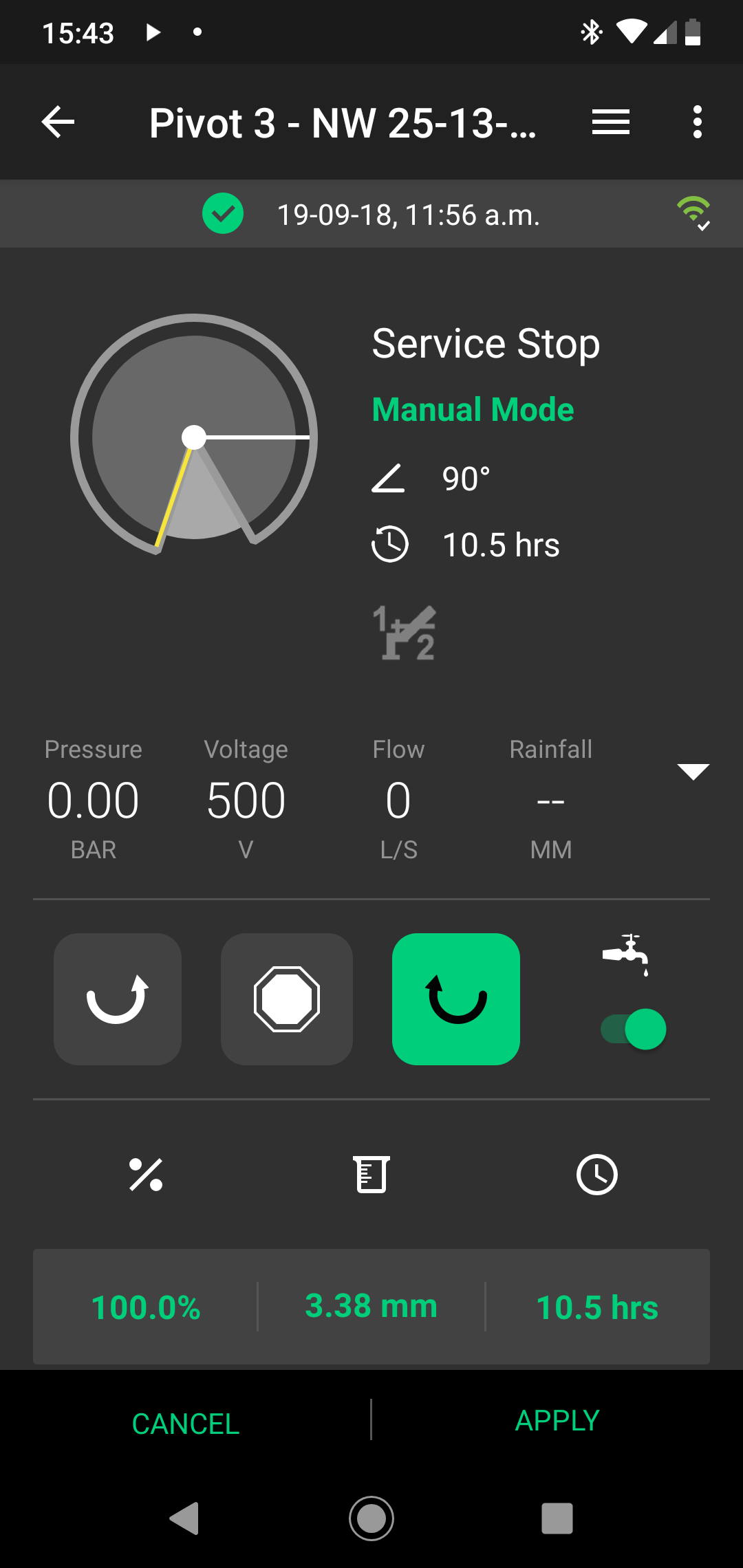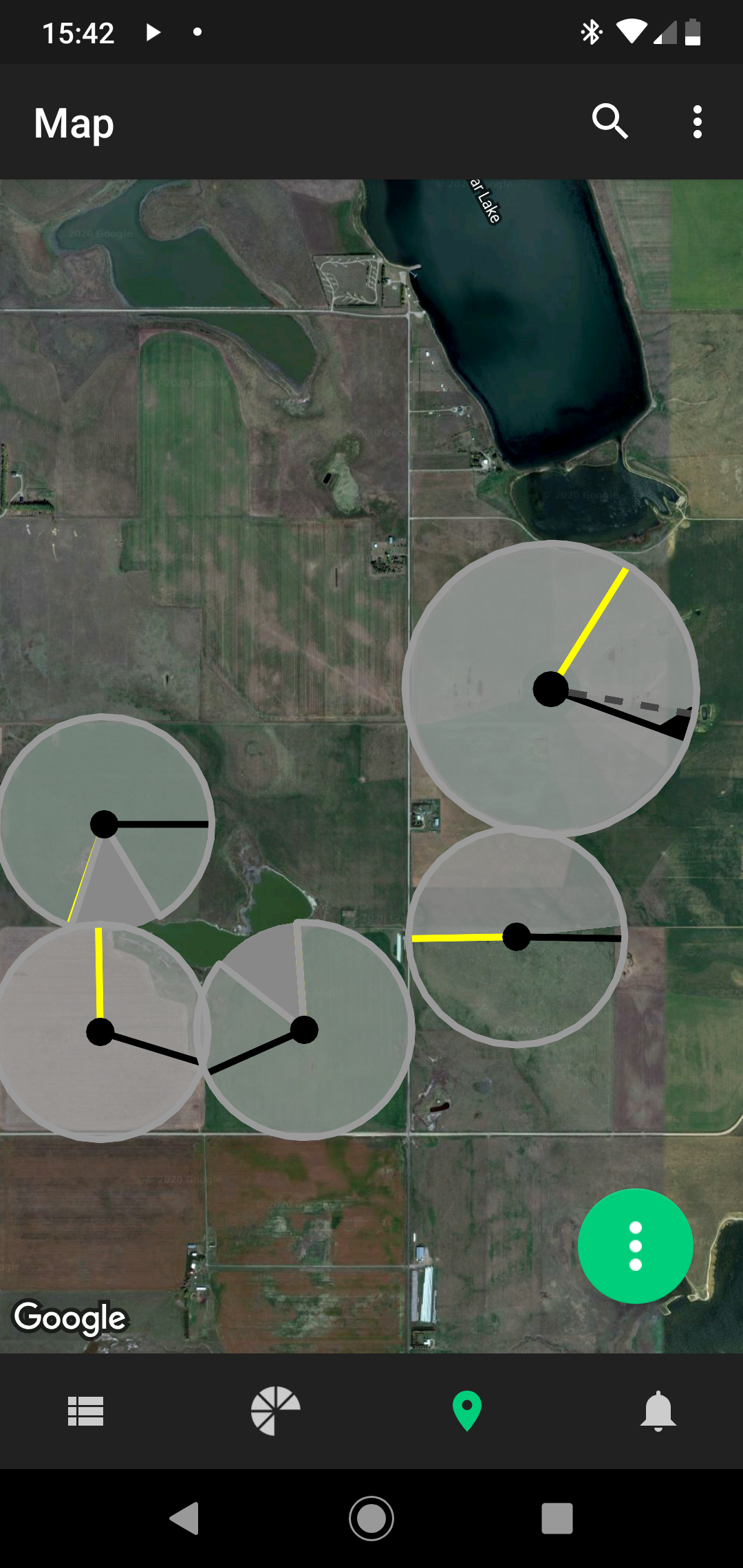Water Management
In the early 2000's the Alberta government invested in the Highwood River and Diversion Plan in an effort to stabilize the water supplies for a number of wildlife species and towns. Part of that was the stabilization of the water level of Clear Lake this opened up the opportunity for us to irrigate.

Developing the irrigation was no easy task, lots of planning, time and money had to be invested.
We were fortunate to be able to have great neighbors in Lilybrook Herefords and Roemmele Farms with whom we teamed up with to tackle the development of the irrigation infrastructure on the south end of Clear Lake. After almost 20 years of irrigating using shared infrastructure we are happy to say that this collaborative arrangement has worked out well for all of us. Due to this collaboration, we were able to build a better pumping station and other infrastructure than we would have if we had all chosen to build our own individual infrastructure. This great infrastructure we built is still able to serve our needs and will allow for further expansion of acres if required.
We are currently running a number of center pivots which are primarily for forage production, the land we irrigate is very sandy in texture and has a low water holding capacity so it benefits greatly from additional water.
As private irrigators we are given a water license from the Alberta government to use only so much water. We are not allowed to use more water than our license allows. We must keep track of water use and submit usage to the government. This means that water conservation is on the top of mind at Lamb Farms for a few reasons.
- Pumping water to irrigate crops is not cheap, we spend approximately $45-50/ac to pump water long distances to our center pivots.
- Any water we can consistently conserve can be used to develop more acres for irrigation
- Overwatering crops is just as costly as not having enough water.
Getting the amount of applied water on just right is accomplished through
- Using center pivots to irrigate. This can present some challenges as putting a round pivot in a square field makes for some interesting geometry.
- Avoiding irrigation when its very hot or windy this minimizes evaporation of water.
- Continual monitoring of soil moisture status.
- Variable rate water application, we often apply different rates of irrigation water to various parts of the field, doing our best to match added water to the exact needs of the plants in specific zones of the field.
We have the ability to monitor, start, and stop the irrigation systems from our phones. This has saved us a tremendous amount of labor and water as it is easier to only run the systems when evaporation levels are the lowest.
